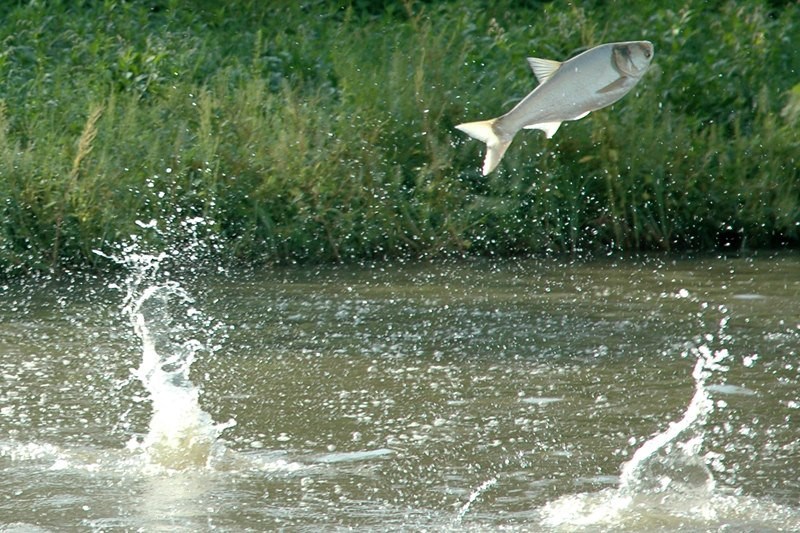A city councillor wants to join the fight to prevent the Asian carp from spreading into the Great Lakes and St. Lawrence.
Current River Coun. Andrew Foulds will present a motion at Monday night’s meeting to have the city join the Great Lakes and St. Lawrence Cities Initiative. The motion intends to bring more awareness to the potential dangers the invasive species pose, as well as finding a solution to keep the carp from spreading.
“This has to be a team effort and I want Thunder Bay to be a part of that team,” Foulds said.
“What I’m hoping is that we will be another community that recognizes that not only the Asian carp but all invasive species do present a serious threat. If the Asian carp makes its way into the Great Lakes will have a devastating effect on food chains and will cost potentially millions of dollars in terms of the economics.”
The Asian carp, a popular dish in Asian countries, is often found in rivers.
Since some species eat plankton, it doesn’t have as many contaminants compared to other fish making it a perceived healthier food choice. Canada’s other carp, known as the common carp, was introduced from Europe in the 1800s.
Foulds suggests that anyone going fishing must be sure to take legal bait and not use the same bait at different fishing locations as it could spread invasive species.
There’s four species of the Asian carp in North America. The bighead and grass Asian carp are the species that have been reported in Ontario so far.
The Asian silver carp is known for its ability to leap out of the water.
Although there’s no reports so far that Asian carp are spreading into Lake Superior, the fish has been found in Lake Erie.
The Ministry of Natural Resources has already started tackling the issue. Since 2005, it is illegal to buy or sell a live Asian carp. There have been eight convictions for selling live Asia carp from 2005 to 2009 with a total of $105,500 in fines.
There have been no convictions since 2009.
The MNR has also worked with Canadian Border Services to inspect truckloads of fish coming from the United States. So far there have been six truckloads seized since 2010 totalling nearly 39,000 pounds of live Asian carp.
MNR spokesman John Cooper said the fish was originally brought in to the United States to clean up sewage treatment ponds.
Cooper says the bighead and silver carp are a special concern as they would eat the majority of the plankton in the Great Lakes if they did invade. That would likely leave other native Canadian species to starve.
Cooper said although the intentions might have been honourable, the fish have now made its way into the Mississippi river system. The same could happen to Ontario’s waterways if the threat isn’t taken seriously.
“It poses a significant risk to the aquatic ecosystems in Ontario if those fish species do get established,” Cooper said in a phone interview from Peterborough, Ont.
Cooper added that even Canada’s winter months aren’t a deterrent for the carp.
Since it’s difficult to spot the fish, the MNR is looking at a process that will filter water and search for the specific DNA of the carp.
Cooper hopes that this will be an effective method in detecting the carp.
